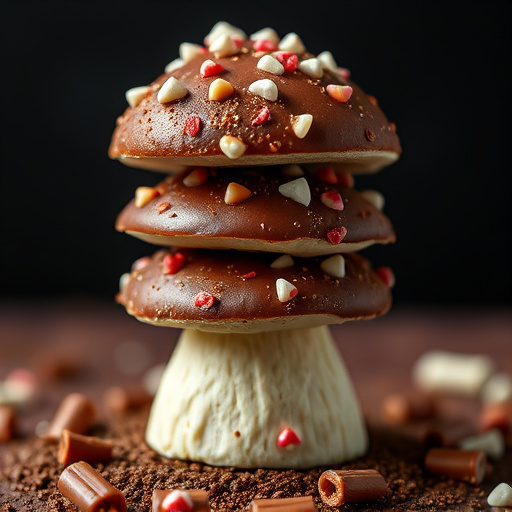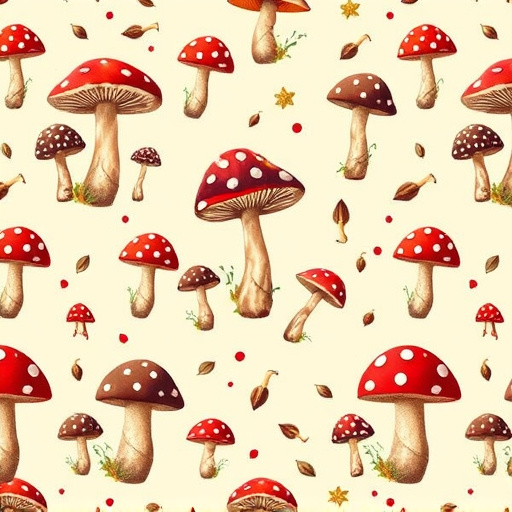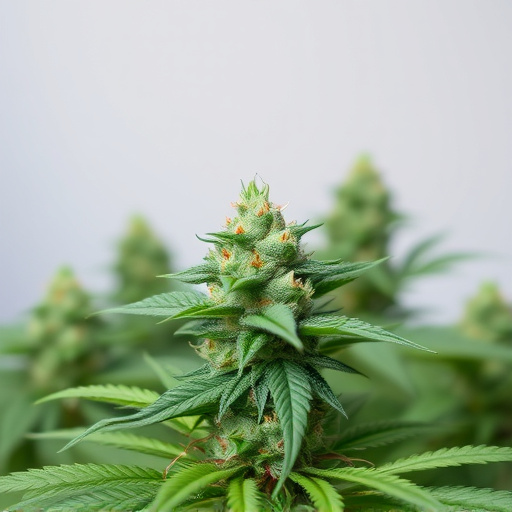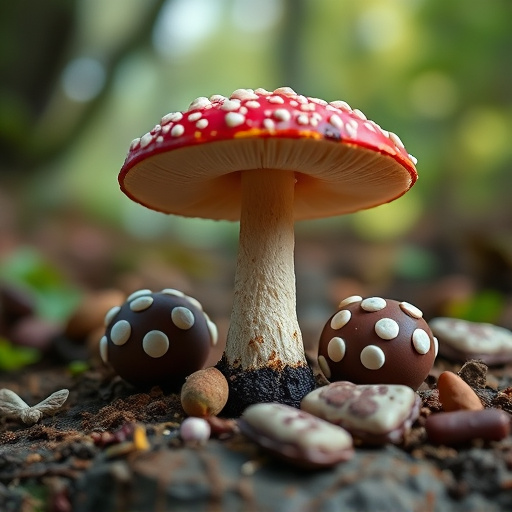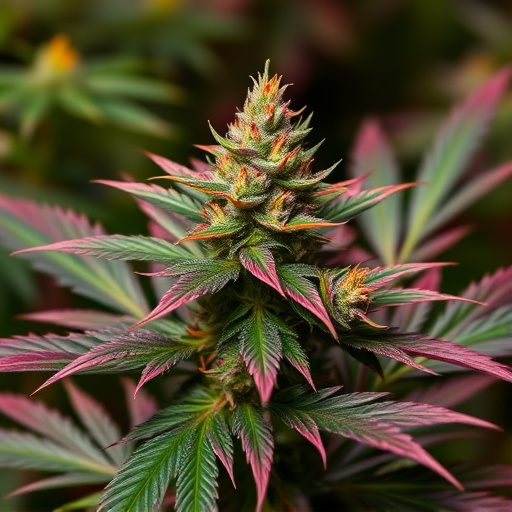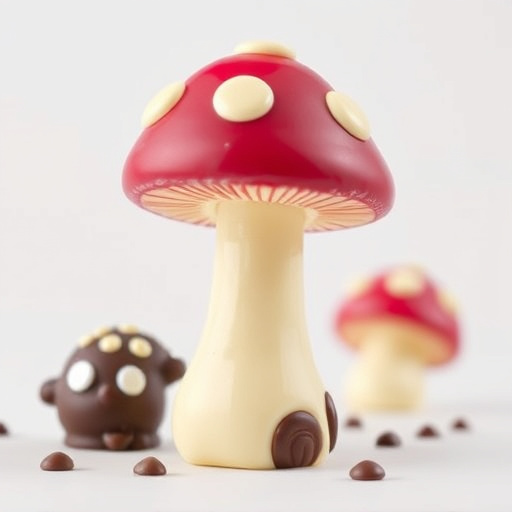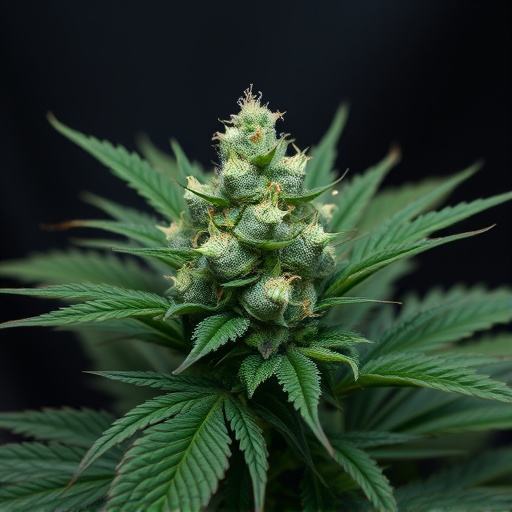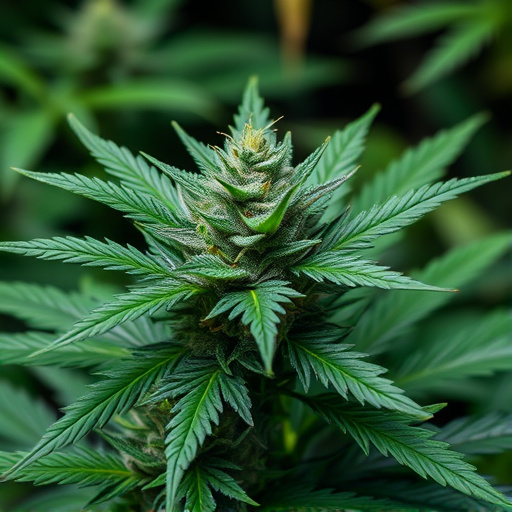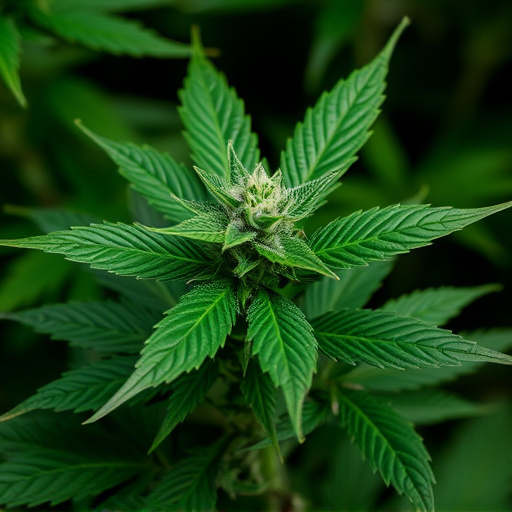The color of cannabis flowers offers insights into health and composition, but isn't a reliable indicator of potency. While darker, denser flowers in good indica strains suggest higher THC concentrations, vibrant hues mislead users into assuming more potent effects. True strength lies in THC levels, influenced by terpenes, cannabinoids, and cultivator expertise—factors that go beyond visual cues. Cannabis enthusiasts should explore these intricate connections to identify superior good indica strains with exceptional potency, regardless of color.
“Uncover the intriguing connection between cannabis color and its potency in this comprehensive guide. The role of color in cannabis plant growth and chemistry is often overlooked, yet it may hold secrets to unlocking optimal strains. We delve into the science behind perceived versus actual THC content, questioning if color can mislead users. Additionally, discover top recommendations for good indica strains, separating myth from reality and helping you navigate the diverse world of cannabis with confidence.”
- The Role of Color in Cannabis Plant Growth and Chemistry
- Perceived Potency vs. Actual THC Content: Does Color Mislead?
- Good Indica Strains: Exploring the Color-Potency Connection and Myth Debunking
The Role of Color in Cannabis Plant Growth and Chemistry
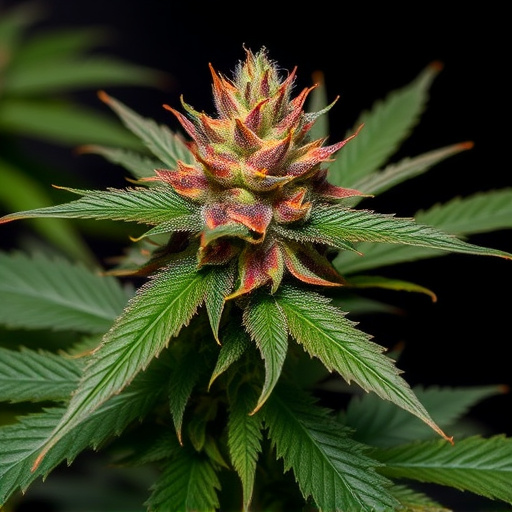
The color of cannabis flowers is more than just an aesthetic quality; it’s a visual indicator of the plant’s health, maturity, and chemical composition. Cannabis plants undergoing optimal growth conditions tend to develop richer hues due to increased levels of cannabinoids and terpenes, which are responsible for their unique flavors and effects. For instance, vibrant green leaves often signal a healthy balance of chlorophyll, while deeper shades might suggest more complex terpene profiles.
In terms of good indica strains, known for their relaxing and sedative effects, the color can provide valuable clues. Indica plants tend to mature faster than sativas, leading to denser, darker flowers. This rapid growth often results in higher concentrations of certain cannabinoids like THC, which is associated with the plant’s potent effects. Thus, when shopping for good indica strains, observing their color can give you a preliminary sense of their potential potency and quality.
Perceived Potency vs. Actual THC Content: Does Color Mislead?

Many cannabis enthusiasts and even some studies suggest that color can indicate a strain’s potency, with vibrant hues supposedly promising a stronger high. However, this idea often leads to misconceptions about perceived potency versus actual THC content. While colors like bright green or purple might signify specific terpene profiles or unique growing conditions, they rarely offer an accurate measure of the plant’s THC levels. What looks like a vivid good indica strain could simply have higher concentrations of other cannabinoids like CBD, which doesn’t produce the same psychoactive effects as THC.
The human eye can discern different colors in cannabis because of pigments and terpenes, but these factors don’t dictate the plant’s potency directly. The actual THC content, often hidden behind marketing and aesthetic appeal, is what truly influences how potent a strain will be. Thus, relying solely on color to gauge a strain’s effects might mislead users into expecting a more intense high than what the product actually delivers.
Good Indica Strains: Exploring the Color-Potency Connection and Myth Debunking
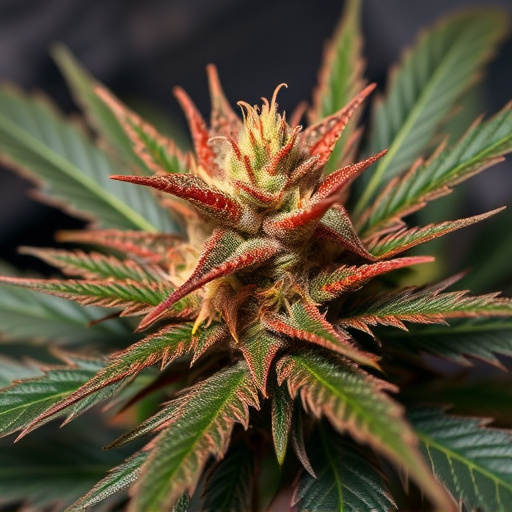
When discussing good indica strains, it’s essential to explore the often-overlooked connection between color and potency. While cannabis enthusiasts have long relied on visual cues like vibrant green or purple hues to gauge quality, the truth is more nuanced. In reality, the most potent indicas don’t always display striking colors; instead, their power lies in specific chemical profiles and genetic makeup.
Debunking the myth that color equals potency, researchers have found that various factors contribute to a strain’s effectiveness. Terpene profiles, cannabinoid content (including THC and CBD levels), and cultivator expertise play significant roles. So, while a deep green or purple tint might catch your eye, it’s the scientific understanding of these underlying elements that truly helps you identify good indica strains with exceptional potency.
While color can be an enticing visual cue, it’s not a reliable indicator of cannabis potency. The relationship between color and THC content is complex and varies based on cultivar, growing conditions, and maturation stage. True potency measurement requires laboratory analysis. When exploring good indica strains, focus on reputable sources and scientific testing rather than relying on color alone to gauge effects.

